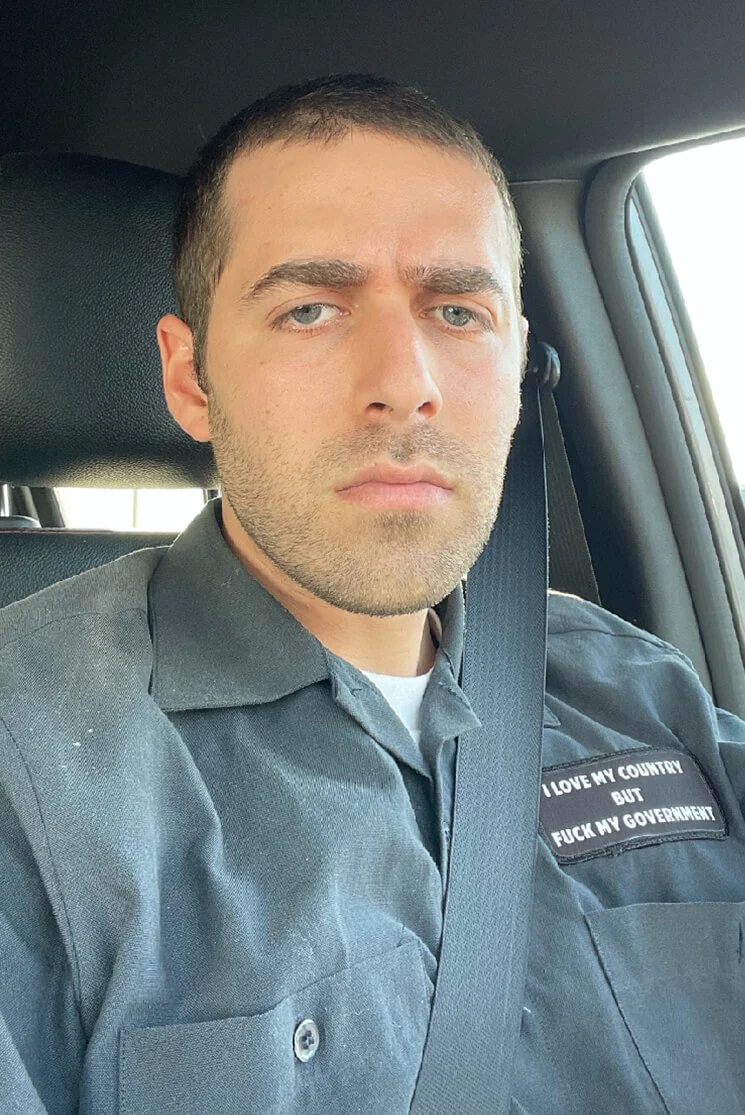YouTube has transformed into a powerful platform, empowering individuals and groups to express their voices and opinions on an extensive array of topics. In recent years, the emergence of video journalism on YouTube has not only disrupted but revolutionized the traditional landscape of news reporting.
The accessibility and democratization of information have allowed citizen journalists and independent content creators to provide diverse perspectives and alternative narratives, shaping the way we consume and understand current events. This shift has not only expanded the reach of news coverage but has also fostered a more inclusive and participatory media ecosystem where anyone can contribute to the global conversation.
In this evolving media ecosystem, many YouTube channels operate on a skeleton crew model that requires individuals to undertake multiple roles. This lean operation model necessitates that team members often double — or even triple — their responsibilities, covering tasks such as videography, audio recording, and post-production editing.
An exemplary instance of this collaborative effort can be observed in the now-defunct channel “All Gas No Brakes”. The team, consisting of Andrew Callaghan, Nic Mosher, and Evan Gilbert-Katz, demonstrated their nimble approach to creating engaging content by fluidly handling various aspects of video production.
This agile structure, with its flexible and efficient workflow, enables a fast-paced approach to content production. It empowers the team to swiftly react to developing stories and capture the pulse of the American public, which was absolutely crucial during their tour across the states. As they documented a wide range of events, this dynamic production process facilitated the rapid creation of videos that effectively showcased the diverse and vibrant tapestry of American life.
The success of “All Gas No Brakes” can be attributed to its unique and innovative approach towards video journalism. Callaghan, Mosher, and Gilbert-Katz employed a fast-paced style of interviewing and editing, capturing the attention of the audience with their dynamic storytelling. By immersing viewers in the raw and unfiltered experiences of their subjects, they created a captivating and unforgettable viewing experience. This groundbreaking series pushed the boundaries of traditional journalism, bringing a fresh perspective and redefining the way stories are told in the digital age.
They would often attend events and protests across the US, capturing raw and often unfiltered reactions from individuals on a range of controversial topics. This approach allowed them to capture diverse perspectives and present them in an entertaining yet informative manner. Although the editing requirements were tall, the dedication of Evan Gilbert-Katz continued, with him resolutely adhering to his ethical code of good quality content, produced quickly, but not skimping on serious editorial considerations. This could be highly important in situations like censorship of opinions that could be deemed racist or otherwise problematic, and could breach YouTube’s content guidelines.
In order to create such captivating content, each team member played a crucial role in the production process. Callaghan, as the host and interviewer, had to think quickly on his feet and navigate through various situations while maintaining a professional demeanor. Mosher was responsible for capturing high-quality footage with his camera skills, ensuring that every moment was captured accurately. Evan Gilbert-Katz, as the editor, had the task of piecing together all the footage and audio to create a cohesive and engaging final product, and as the production manager had to think quickly on his feet to avoid a bad shooting situation or a situation where, for example, a participant’s microphone was not secured correctly.
The success of “All Gas No Brakes” can also be attributed to the strong collaboration between Callaghan, Mosher, and Gilbert-Katz. Each member brought unique skills and perspectives to the table, which complemented each other perfectly. This allowed them to create content that was not only entertaining but also informative and thought-provoking.
Distinct from the traditional agency-style work model, YouTube creator collaborations like the one forged by Callaghan, Mosher, and Gilbert-Katz thrive on a fluid and organic approach. In the rigid hierarchy of an agency setup, individuals are typically assigned fixed roles and responsibilities, governed by well-defined processes and protocols. While this lends consistency and quality control, it may also stifle creativity and spontaneity, key elements in creating dynamic, captivating content.
In contrast, YouTube creator collaborations, like “All Gas No Brakes,” leverage the synergistic power of teamwork and multidisciplinary skill sets. These collaborations are marked by a great degree of flexibility and adaptability, with team members often juggling multiple roles as required. This fluidity allows for a rapid response to real-time events, a crucial advantage in today’s fast-paced media environment. Moreover, it nurtures a culture of creativity and innovation, as each contributor brings their unique perspective and skills to the table, imbuing the content with a distinct flavor and appeal.
Nonetheless, both models have their strengths and are suited to different contexts. The choice between them depends on factors such as the nature of the project, the team’s skill set, and the intended audience. Ultimately, what matters most is the ability to create engaging, meaningful content that resonates with the viewers.
The rise of video journalism on YouTube has ushered in a new era of collaborative storytelling. The trio of Callaghan, Mosher, and Evan Gilbert-Katz from “All Gas No Brakes” is a prime example of how different roles, such as camera, audio, and editing, can come together to create a cohesive and engaging video journalism series. As the media landscape continues to evolve, it is evident that collaboration and adaptation are key elements for success on YouTube.
“While ‘All Gas No Brakes’ may no longer produce content, its legacy resonates as a powerful source of inspiration for future creators in YouTube journalism. Their unique style and fearless approach captivated audiences and pushed the boundaries of traditional journalism, showcasing the possibilities of digital storytelling. Aspiring creators can learn from their innovative techniques and trailblazing spirit to shape the future of online journalism.”





Comments